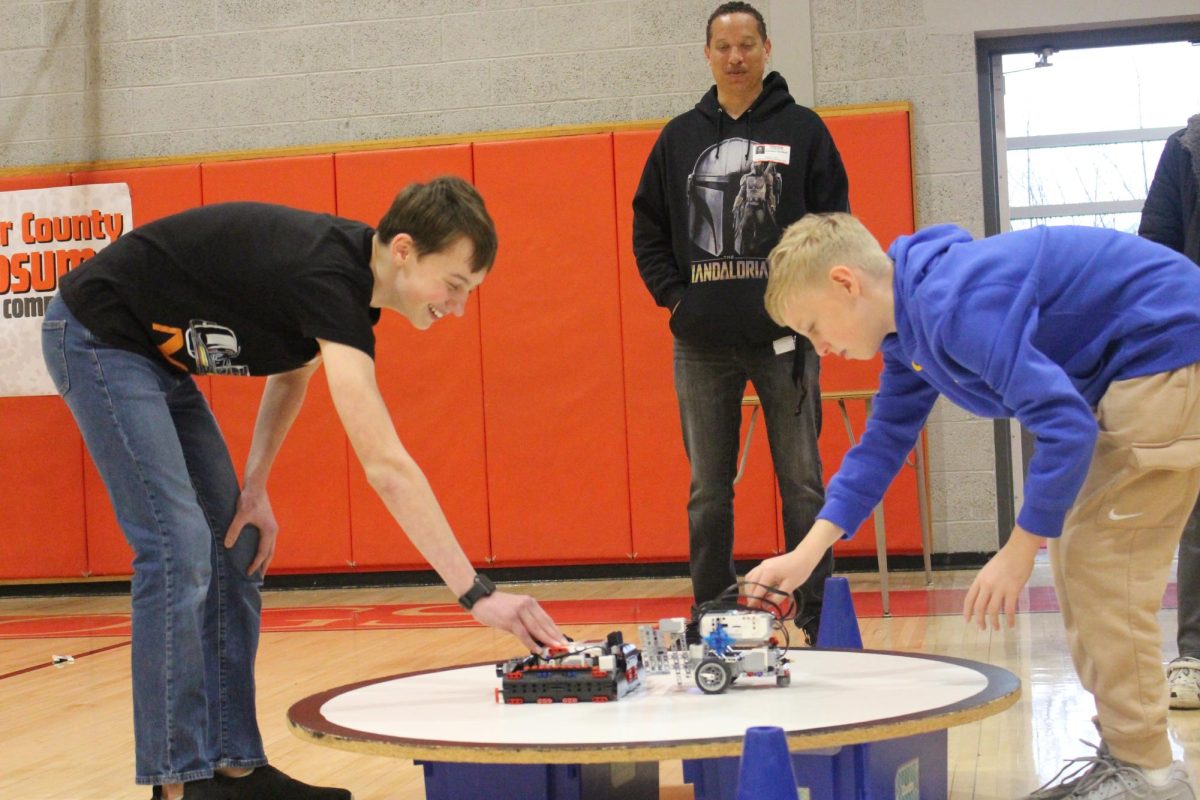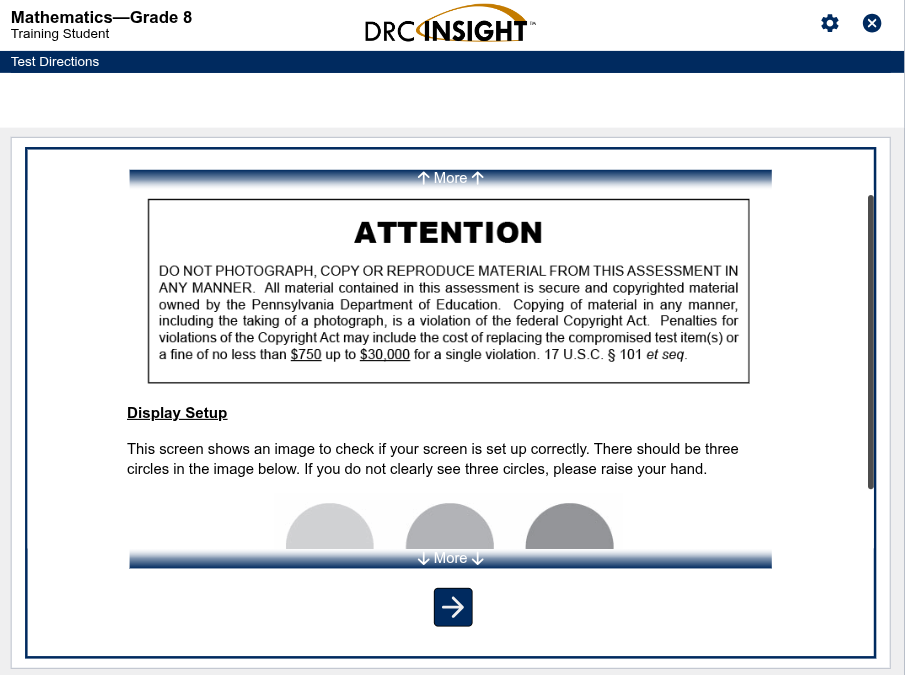Sixth grade awaits hatching of duck eggs
January the chicken was born on Jan. 30 in Mrs. Moore’s science class.
February 7, 2019
On Jan. 8, 2019, the sixth grade science teachers, Ms. Moore and Ms. Ging, received two dozen duck eggs. They plan to keep the breed of the ducks a secret to surprise the students. This has been assigned to the sixth graders as a project for the past 14 years. Throughout those years, the eggs have been alternating between chickens and ducks. Moore and Ging receive these eggs from an unknown farm every year. After hatching, the sixth grade keeps the ducks for roughly two weeks and then returns them so that the farmer can raise them properly. Unfortunately, not all of the ducks make it each year; the greatest number of ducks that have survived was six out of 24. Some of the ducks do not make it because they are not strong enough to support themselves after they hatch. The reason that the science teachers do this project every year is so the sixth graders can learn how to care for animals, where our food comes from and the development of ducks.
According to sciencing.com, the life cycle of a duck starts with an egg. The laying of eggs starts in mid-March and ends in early July. Typically, female ducks lay about 12 eggs per clutch (group). She will lay 1-2 eggs a day until the clutch is complete. Once the clutch is complete, the ducks have to be placed into an incubator, where they develop. This process can take up to four weeks. After incubation, the ducks break their way out of their shell with an egg tooth. An egg tooth is something that falls off when the duck is free of the egg—the ducklings use it to break their way out of the shell. This process can take 3-24 hours. The ducklings are led to water within a day of hatching, and after two months they can fly. After a year, they are able to mate so that they can continue the process for years to come.






![Lucia Haney [Editor in Chief] working hard to ensure Ink and Imagination is a success.](https://bulldogbarker.com/wp-content/uploads/2025/05/Ink-and-Imagination-1200x800.jpg)









